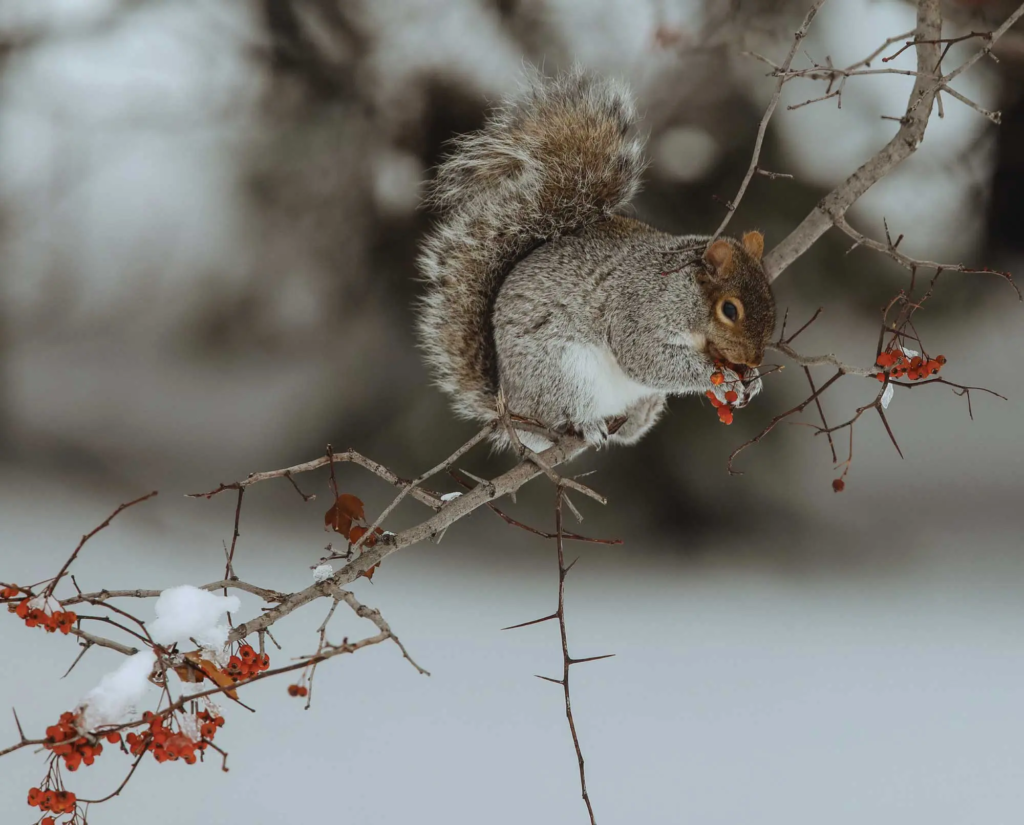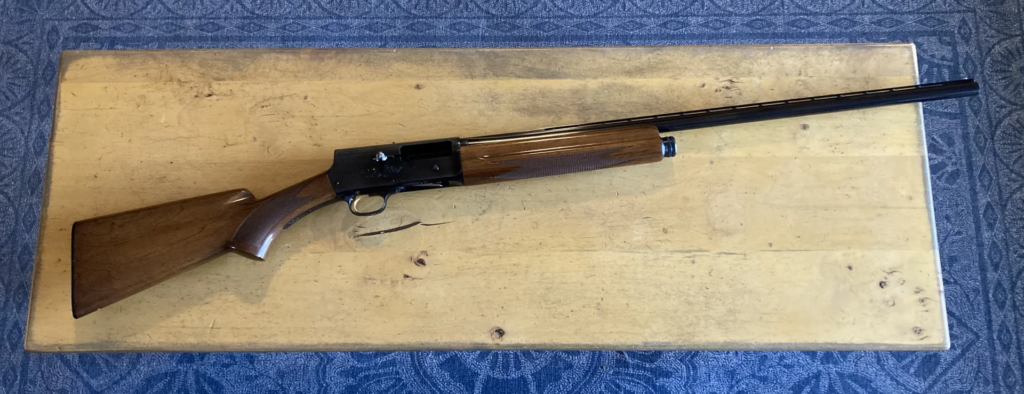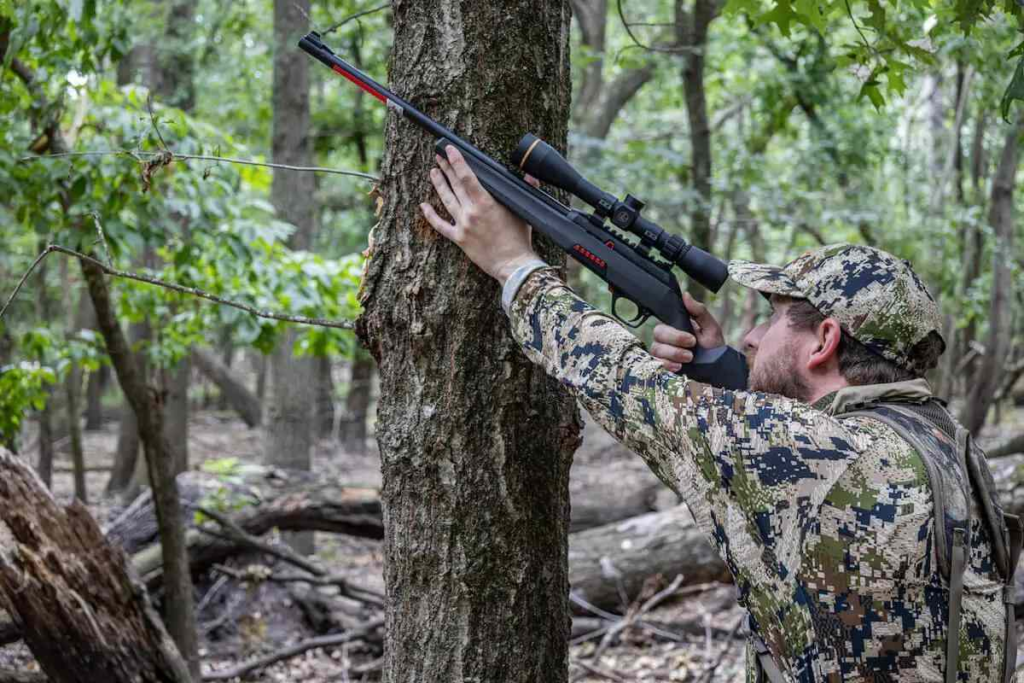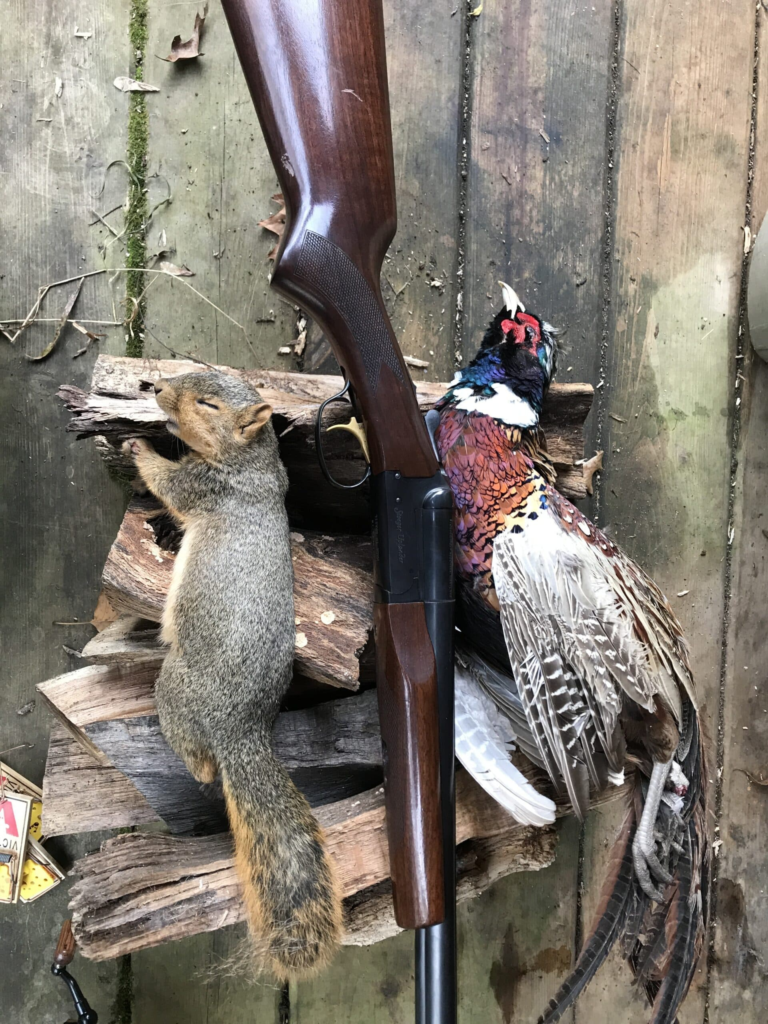Depending on where you live, small game seasons are starting to or already have opened. So, today we’ll take a look at upland small game hunting and everything associated with it. For the purposes of this article, we are going to leave out turkey. Turkey hunting is a bit more specialized and requires some different techniques and equipment than ‘upland’ small game.
Your editor has hunted far and wide across the US, Canada and parts of Europe. And despite taking game as large as moose, Caribou and Eurasian Boar, he finds a day wandering the woods in pursuit of a mixed bag of small game more enjoyable.
Let’s start with a definition. Small game, generally speaking, means any animal that weighs under 40 pounds and is hunted for meat, fur/hides or sport. That puts critters like coyotes and bobcats, in the small game category, while their close relations the wolf and mountain lion go into the big game category along with bears and the ruminants like deer, moose and elk.



In the US, there’s a pretty wide variety of small game to pursue. The various species of rabbits, squirrels, upland game birds and waterfowl are found throughout the country. Here in upstate NY, you can take a walk in the woods and run into gray squirrels, cottontail rabbits, snowshoe hares, woodcock and ruffed grouse all on the same trip.
So, what do you need to hunt small game? Not a lot.
First and foremost, you need a hunting licence for the state you’re hunting. Be sure to check your local regulations, as they do change from time to time.


Next you need some comfortable clothes and a good pair of boots. You don’t need any specialized camo, but I’d go with something earth-toned. For a very long time this editor did most of his upland hunting in a ratty old Carhartt jacket and a pair of canvas pants. Unfortunately, that ratty old jacket finally gave up the ghost after 30-ish years and has been replaced by a Bean Field coat. A decent upland-style vest or game bag helps, but isn’t necessary.
The firearms you use for small game is a personal choice. Around here, I tend to go with a shotgun, specifically a 20ga Browning A-5, unless I’m specifically targeting furbearers or limb rats. Then I go with either a .17 or .22. I find the shotty much more versatile around here where I’m as likely to run into a grouse or woodcock as I am a rabbit or squirrel.

Am I saying a shotgun is the best choice? No. Sometimes a rimfire (.17 or .22) is the correct choice. It all depends on what critters you’re going to see in the woods. The same goes for my choice of gauge for the shotgun. I like 20ga shotguns for most upland hunting, they tend to be lighter, recoil less and can be better handling.



Speaking of payload, if you’re going small game hunting with a shotgun, choose your shot size wisely. Typically, I carry #7 or #7.5 shot when I’m wandering the woods. It’s a good compromise load when a mixed bag is expected. It’s a little light for pheasant, jackrabbit and maybe squirrels, but works exceptionally well for everything else I may encounter. Is it the only load I carry? No. If I’m specifically hunting pheasant I use a #5 load.
If you have a shotgun with interchangeable choke tubes, give the improved modified choke a go. It’s the best compromise as far as I’m concerned for woods walking. I’d say the same for early season pheasant, but later in the year, when birds flush wild, you may want a tighter choke like modified or full.
If you’re headed to the woods with a rifle, say for squirrel and rabbit, any rimfire you can shoot accurately out to 30 or 40 yards will work. I prefer a scoped rifle, but an open-sighted gun will work too. Were I looking for a new small game .22, I’d take a hard look at the Winchester Wildcat (pictured below). It’s an autoloading rifle that is very light and quite handy. There is a full review of the Wildcat coming in the next week. Keep in mind, there is no wrong choice as far as small game guns go. Well, that’s not entirely true. Big bore centerfires are probably wrong.

While I like to ‘still hunt’, that is, walk slowly with frequent stops, for small game. I prefer this method for two reasons. First, I do not currently have a hunting dog. Second, cruising the woods in that manner is enjoyable and relaxing. I also tend to forage a bit while hunting.
Finding a location where there are a bunch of nut producing trees and sitting and waiting works well for squirrels. Once you’ve located a likely spot, find a tree with a good view of the surrounding area and have a seat. After a while, the squirrels should show up.

So you bagged some game, what’s next? Field dressing, processing and cooking. Again, there is a lot of personal preference involved in that process. The one thing that I, and wildlife professionals, strongly recommend is the use of gloves when dressing and processing game. I’ll describe the methods I use below.
I skin most of the birds I harvest. Frankly, in most cases, plucking a bird is too much like work for my tastes. I will pluck a pheasant occasionally, but that’s more for aesthetics than anything else. If you plan on plucking a bird, be sure to scald it first to loosen the feathers. That involves dipping the entire carcass in boiling water. Once the bird is either plucked or skinned, remove the innards by making a small incision around the cloaca and pulling it all out. Then, depending on how you want to cook it, you can quarter the bird.
When it comes to rabbits, I make a small incision across the middle of the back, just big enough for me to get a couple of fingers in. I then pull the hide off by pulling on either side of the slit. I do this before gutting the rabbit. Once the skin is off, make a careful cut from the anus to the ribcage and remove the entrails. If you’re cleaning a cottontail, take a look at the liver. If it looks yellowish or has yellow spots, discard the entire thing. That usually indicates the rabbit has tularemia and is unfit to eat. Once Bugs is skinned and gutted, you can quarter it.
Squirrels have a very tenacious hide. They can be difficult to skin. The easiest method I’ve found is a quick 7 step method. You’ll need a good sharp knife and a pair of game or kitchen shears.
- Cut a small incision in the skin of the belly of the squirrel. Be careful not to cut into the meat of the belly.
- Cut all the way around the torso. This cut should be just the skin and not puncture the body cavity.
- Work your fingers under the skin on the backbone side of the squirrel. Once you can get your fingers under the skin, pull in the opposite direction. The top and bottom halves of the skin will peel right off.
- Snip the legs, neck, and tail off. Using your game shears, cut at the joints right above the feet and at the base of the tail. Then cut through the neck and remove the head.
- Insert the tip of the shears into the anus and make a cut through the pelvis all the way up to the neck.
- With two fingers, grab hold of the heart, lungs and esophagus and pull down towards the tail. This will remove all the intestines and you should end up with a clean internal cavity.
- Rinse the carcass. If the meat is particularly bloody, soak it in salt water overnight.

From there you can either leave whole or quarter the squirrel, depending on how you plan on cooking it.
